Grilling a flounder is a delicious and simple way to prepare this delicate fish. Start by preheating your grill to medium-high heat. Grilling a flounder is a delicious and healthy way to prepare this delicate fish.
We will guide you through the art of grilling a flounder to perfection. We’ll cover everything from selecting the freshest flounder to mastering the grilling technique. You’ll learn how to prepare the flounder, different seasoning options to enhance its flavor, and even tips on preheating and preparing the grill for optimal results.
We’ll also explain how to determine the perfect cooking point for your flounder and provide some delectable serving suggestions. So get ready to elevate your grilling game and impress your family and friends with the most mouthwatering grilled flounder they’ve ever tasted! We’ll also discuss how to grill a flounder.
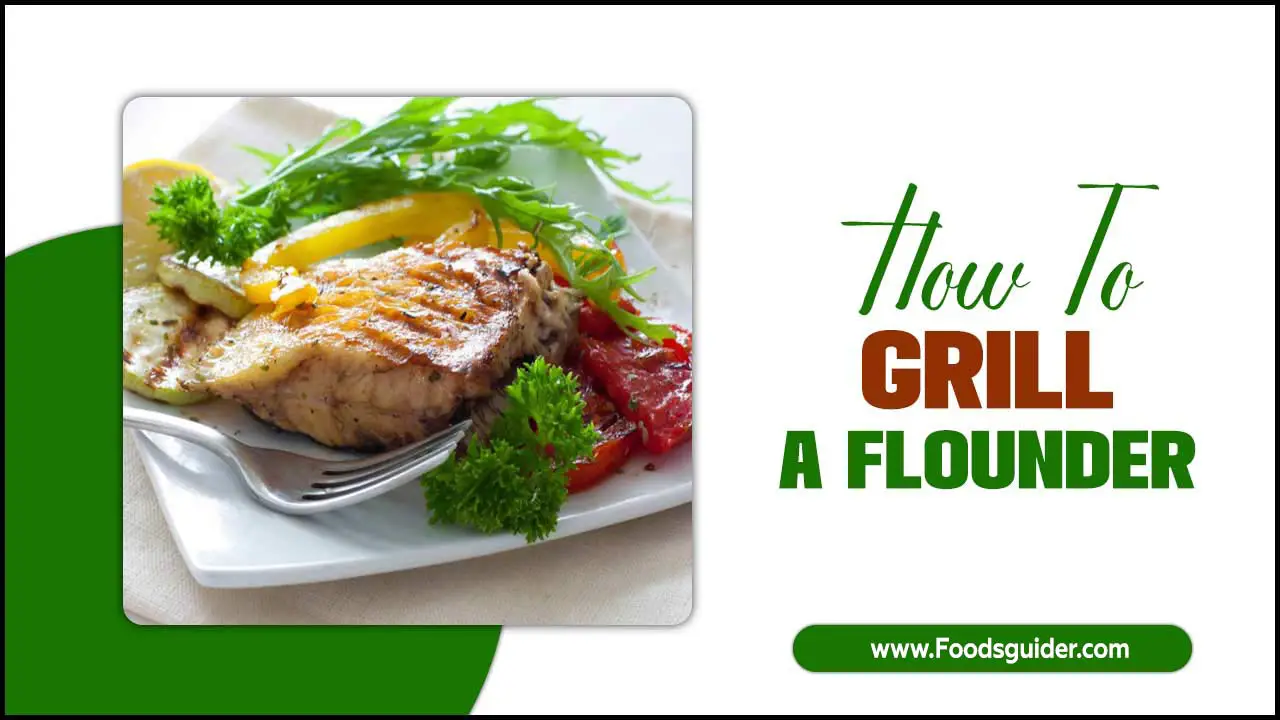
How To Grill A Flounder: A Step-By-Step Guide

To prepare a delicious grilled flounder, clean and scale the fresh fish. Season it with your preferred spices and marinate it for added flavor. Preheat the grill and oil the grates to prevent sticking. Place the flounder on the grill, skin-side down, and cook for about 4-6 minutes per side, depending on the thickness of the fish.
Carefully flip it over and continue cooking for another 4-6 minutes. Once done, remove it from the grill and rest for a few minutes before serving. You can enjoy grilled flounder or paired with your favorite sides as a healthy and flavorful seafood dish. Scroll down to get in details on how to grill a flounder.
Selecting A Fresh Flounder
When selecting a fresh flounder, it is important to examine certain characteristics. Look for bright eyes and moist skin, as this indicates freshness. The flesh should be firm and have a slightly sweet aroma.
On the other hand, avoid flounders with dull eyes, dry skin, or a strong fishy smell, as these are signs of poor quality. We recommend purchasing flounder from a reputable seafood market to ensure the best quality and taste. If you want to enhance the natural juices and flavor of the fish, grilling it whole can be an excellent cooking method.
Preparing The Flounder For Grilling
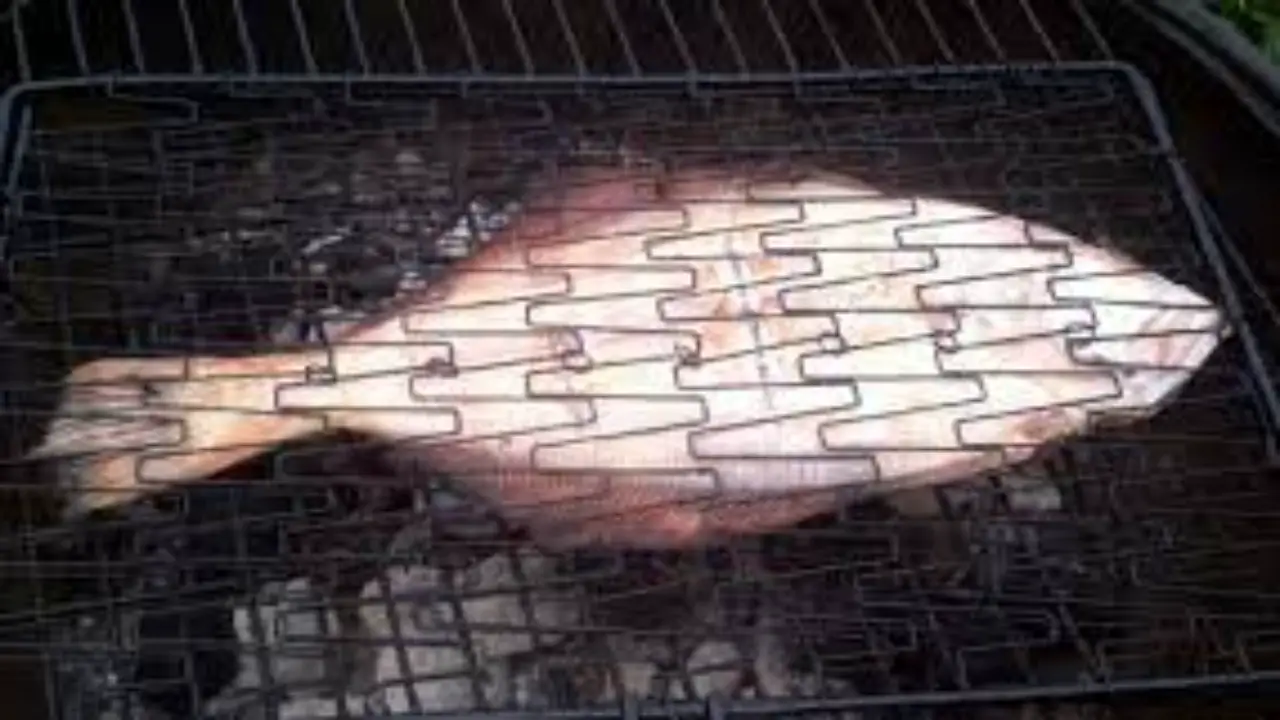
Grilling flounder is a delicious way to enjoy this delicate fish but it requires some preparation. Before you start grilling, clean and scale the fish thoroughly. This will remove any impurities and ensure a clean cooking surface. To achieve crispy skin, pat the flounder dry with paper towels to remove excess moisture.
Prevent the fish from curling during cooking by scoring the skin with shallow cuts. Brushing the flounder with olive oil adds flavour and helps prevent sticking to the grill grates. Enhance the taste by seasoning the fish with salt, pepper, and your favorite herbs. Lastly, preheat the grill before placing the flounder on the grates to ensure even cooking and beautiful grill marks.
Seasoning Options For Grilled Flounder
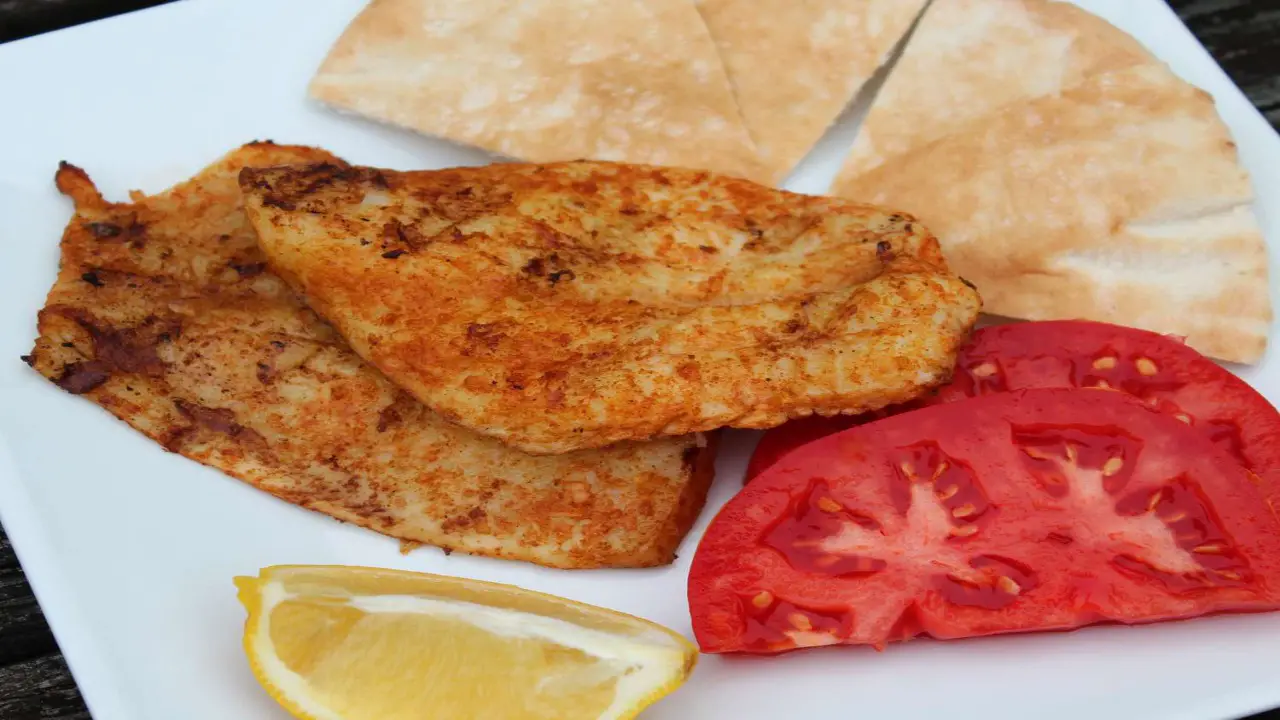
Grilling flounder offers a range of possibilities for enhancing its flavor through seasoning. Traditional options such as salt, pepper, and a splash of lemon juice can bring out the fish’s natural taste. Cajun or blackened seasoning blends can provide a flavorful punch if you prefer a spicier kick.
Garlic and parsley infusions can add a fresh twist for those seeking a more herbaceous profile. Alternatively, tangy marinades with citrus notes or teriyaki glazes offer an Asian-inspired flavor profile.
Preheating And Preparing The Grill
To ensure a successful grilling experience for flounder, it is essential to prepare the grill properly. Begin by preheating the grill to medium-high heat, allowing it to reach the optimal temperature for cooking the fish. Next, thoroughly clean and oil the grates to prevent the flounder from sticking during grilling.
This step is crucial in achieving a beautiful sear and preserving the delicate texture of the fish. Before placing the flounder on the grill, season it with spices and herbs that complement its flavor profile. This will enhance the taste of the fish and add depth to each bite.
When cooking, allow approximately 4-6 minutes per side, depending on the thickness of the fillets. To flip the flounder without damaging it, use a fish spatula specifically designed for handling delicate seafood. By following these steps, you can achieve a flavorful and moist grilled flounder.
Grilling Techniques For Flounder
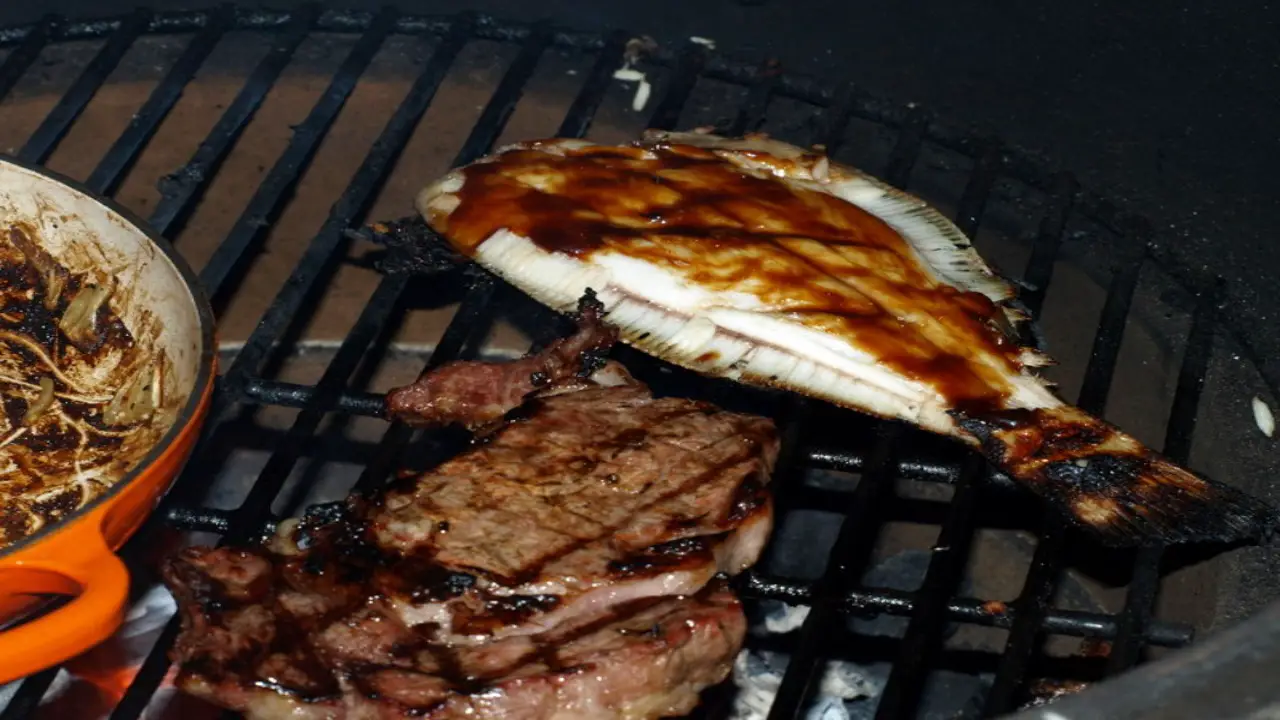
To achieve a perfectly grilled flounder, it is important to preheat the grill to medium-high heat. This ensures that the fish cooks evenly and develops a deliciously charred exterior. Before grilling, brush the fillets with olive oil and season them with salt, pepper, and desired herbs or spices. This adds flavor to the fish and enhances its natural taste.
When grilling, cook the flounder for about 4-5 minutes per side, flipping it once halfway through cooking. To add a refreshing touch, serve the grilled flounder with lemon wedges. Additionally, you can pair it with your favorite sauce or salsa for added flavor and variety.
How To Know When The Flounder Is Cooked
Firstly, the flesh should appear opaque and feel firm to the touch. It should also easily flake apart when gently prodded with a fork. Another important factor is the internal temperature, which should reach 145°F (63°C) to ensure it is safe to consume.
It is crucial not to overcook the flounder as this can result in dryness. To gauge the cooking time accurately, consider the thickness of the fillet and use the “poke and peek” method, where you insert a fork or knife into the thickest part of the fish and check if it easily separates into flakes.
Serving Suggestions For Grilled Flounder
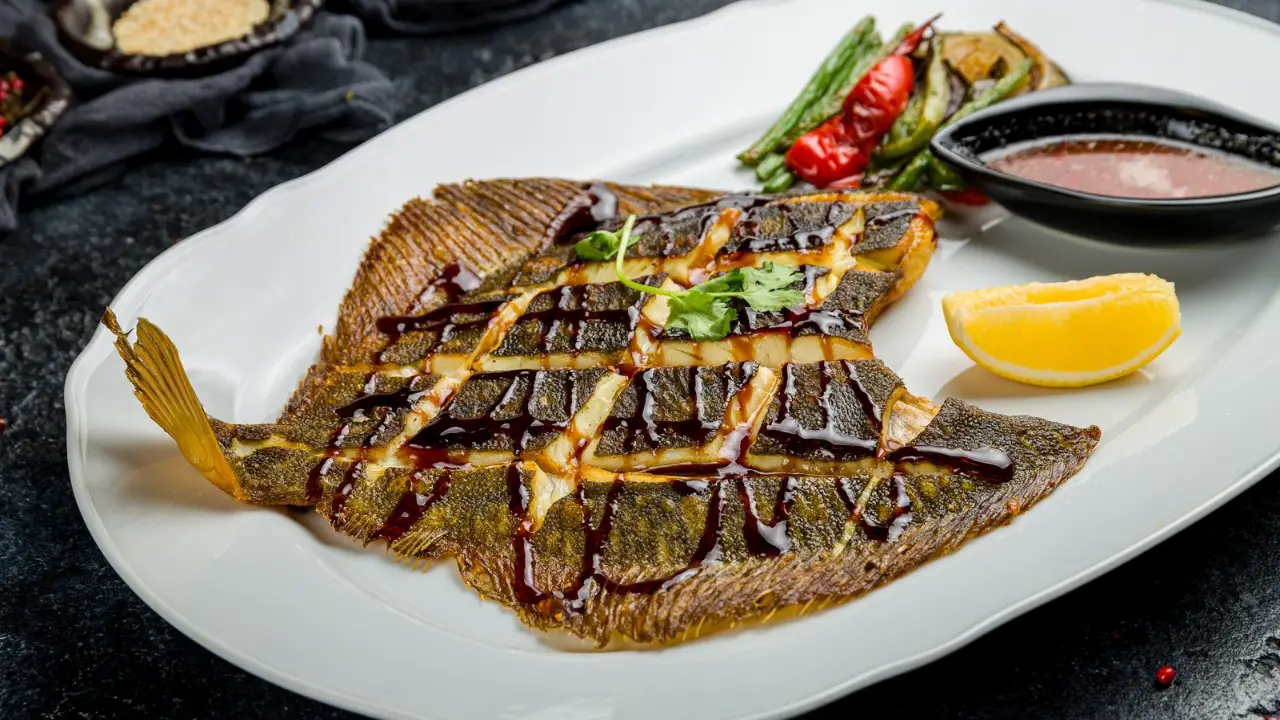
Grilled flounder is a delicious dish that can be taken to the next level by adding lemon wedges, which impart a refreshing citrusy flavor. It pairs well with fresh greens or roasted vegetables to create a light and healthy meal.
Drizzling olive oil and sprinkling chopped fresh herbs over the grilled flounder can elevate its taste even further for a Mediterranean-inspired twist. Serving it alongside rice or quinoa completes the meal, providing a satisfying and well-balanced dish that will surely please your taste buds.
Common Mistakes To Avoid When Grilling Flounder
It is crucial to avoid common mistakes to achieve a perfect outcome when grilling flounder. One of the most common errors is overcooking the fish, which can result in a dry and rubbery texture. Additionally, it is important to properly oil the grill grates to prevent the fish from sticking.
Knowing when to flip the flounder is also essential; flipping too early can cause the fish to fall apart while flipping too late can lead to uneven cooking. Adjusting the heat accordingly is necessary to ensure even cooking and prevent burning. Lastly, seasoning the flounder adequately with herbs, spices, and marinades will enhance its flavor and make it more enjoyable. By following these tips, you can grill flounder to perfection every time.
Tips And Tricks For Perfect Grilled Flounder Every Time
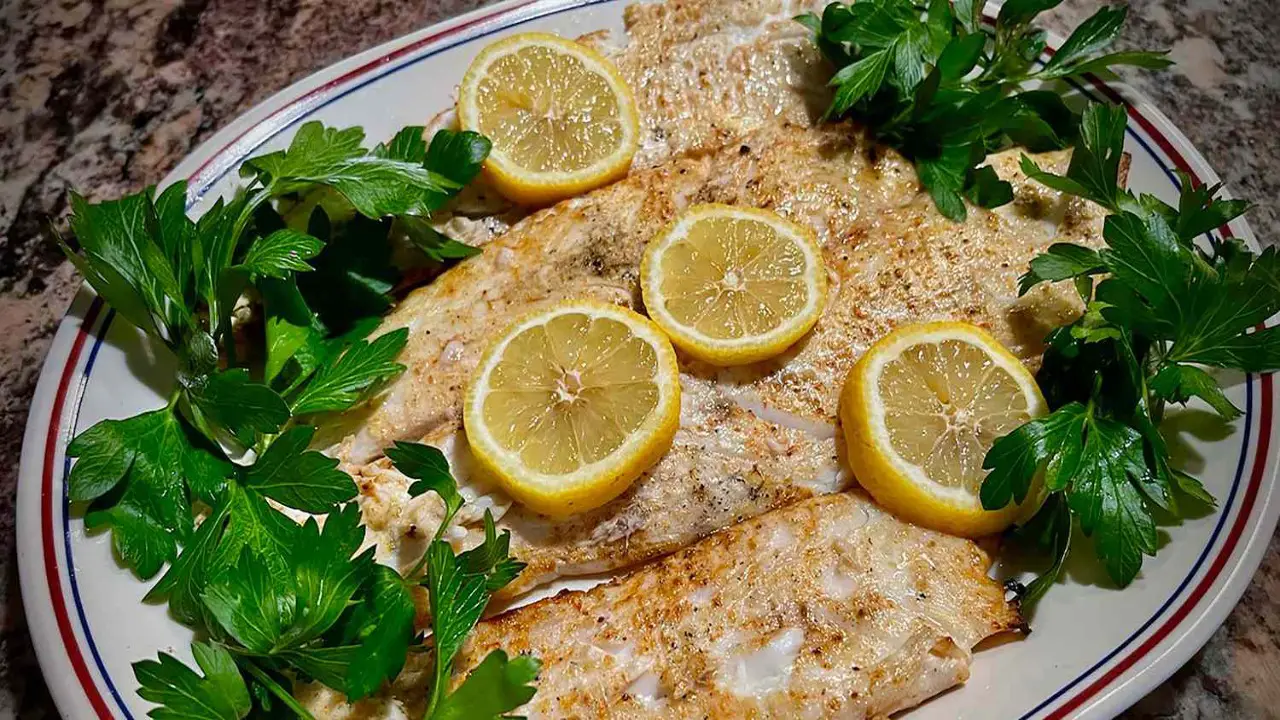
Grilling flounder is a delicious way to enjoy this delicate fish. To ensure the best results, fresh fish with firm flesh and a clean scent is important. Preheating the grill to medium-high heat and lightly oiling the grates will prevent the flounder from sticking.
Seasoning the fish with herbs, spices, and a drizzle of olive oil adds flavor to the dish. Cooking for 4-5 minutes per side allows the flounder to cook evenly and develop a nice char. Once the fish flakes easily with a fork, it is ready to be removed from the grill and served.
Conclusion
Grilling a flounder to perfection requires attention to detail and the right techniques. Every step is crucial, from selecting a fresh flounder to seasoning it just right, preheating the grill, and knowing when it’s cooked.
Avoid common mistakes like overcooking or using too much seasoning that can overpower the delicate flavor of the fish. For the best results, follow these step-by-step instructions and use these tips and tricks to master the art of grilling flounder.
How To Grill A Flounder Once you have perfected your grilling technique, get creative with serving suggestions to complement the flavors of this delicious fish. Whether hosting a cookout or enjoying a meal with family, grilled flounder will impress your guests and leave them wanting more. We hope you now understand how to grill a flounder.
Frequently Asked Questions
1.How Is Flounder Supposed To Be Cooked?
Ans: Flounder can be cooked in various ways, and grilling is popular. Grill flounder by brushing it with oil, seasoning with salt and pepper, and grilling for 3-4 minutes per side. The fish should be opaque and easily flake with a fork when cooked through.
2.How Do You Grill Fish On A Grill?
Ans: To grill fish on a grill, preheat it to medium-high heat and clean the grates. Brush the fish with oil, season it with salt, pepper, and spices, then place it diagonally on the grates. Cook for a few minutes per side until it’s opaque and flakes easily.
3.Do You Have To Flip Flounder?
Ans: Flipping flounder while grilling is recommended for even cooking. It ensures that both sides are cooked evenly and prevents overcooking on one side. Carefully flip the flounder using a spatula or tongs halfway through grilling to maintain its delicate flesh.
4.What Temperature Is Flounder Cooked?
Ans: Flounder is typically cooked at 400°F (200°C) and should reach an internal temperature of 145°F (63°C). Use a meat thermometer to ensure it’s cooked properly. Cooking time varies, but it takes around 8-10 minutes per inch of thickness.
5.Can I Use Any Kind Of Oil When Cooking With Charcoal Or Gas?
Ans: Yes, you can use various oils when cooking with charcoal or gas. Popular choices include olive oil, vegetable oil, and avocado oil. Choosing an oil with a high smoke point is important to prevent it from burning. Feel free to experiment with different oils to find your preferred flavor and cooking results.
Meet Joseph Bryant, the creative force behind Foodsguider. As a self-taught chef and passionate food explorer, Joseph Bryant invites you to savor the journey through delightful recipes and the stories that accompany them. From kitchen adventures to the joy of sharing, join Foodsguider in celebrating the magic of good food and lasting memories.
